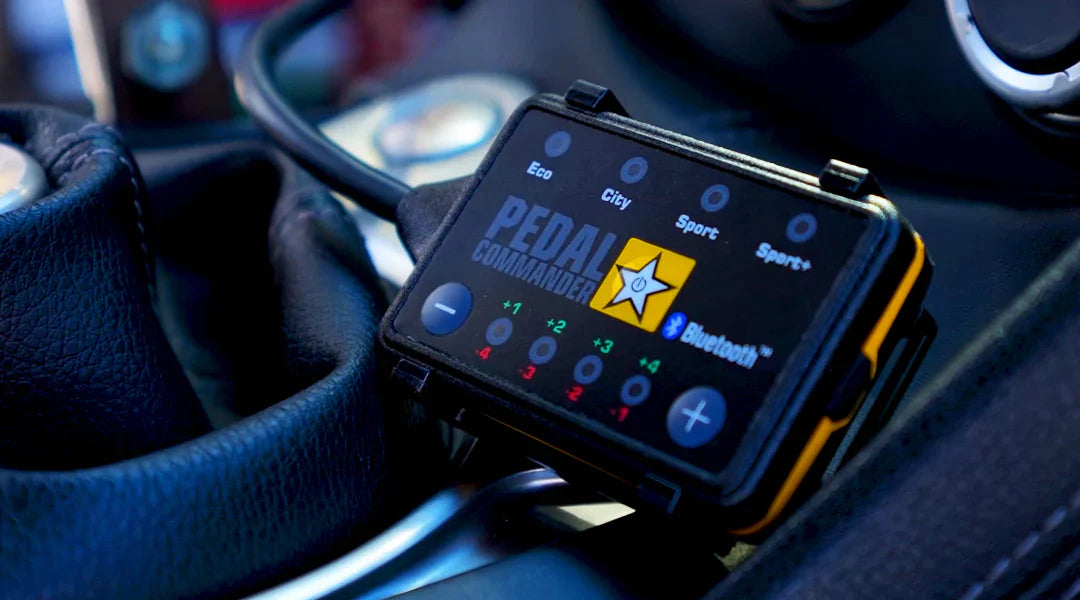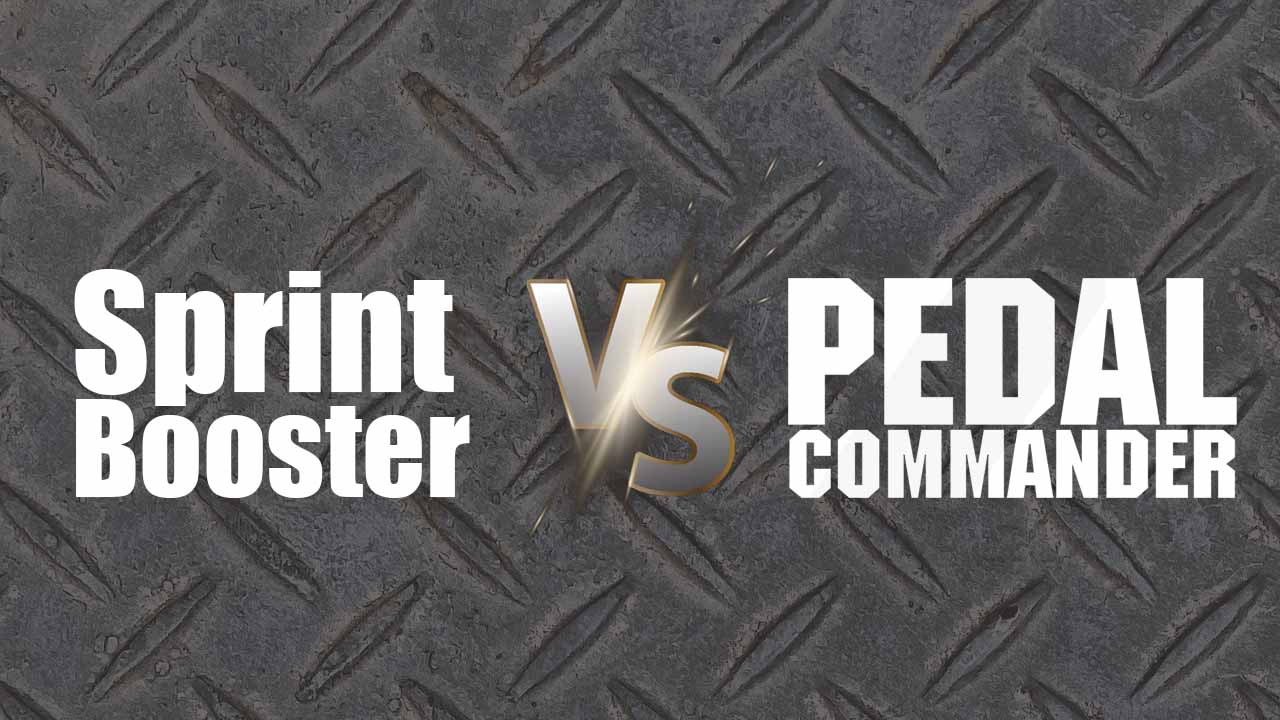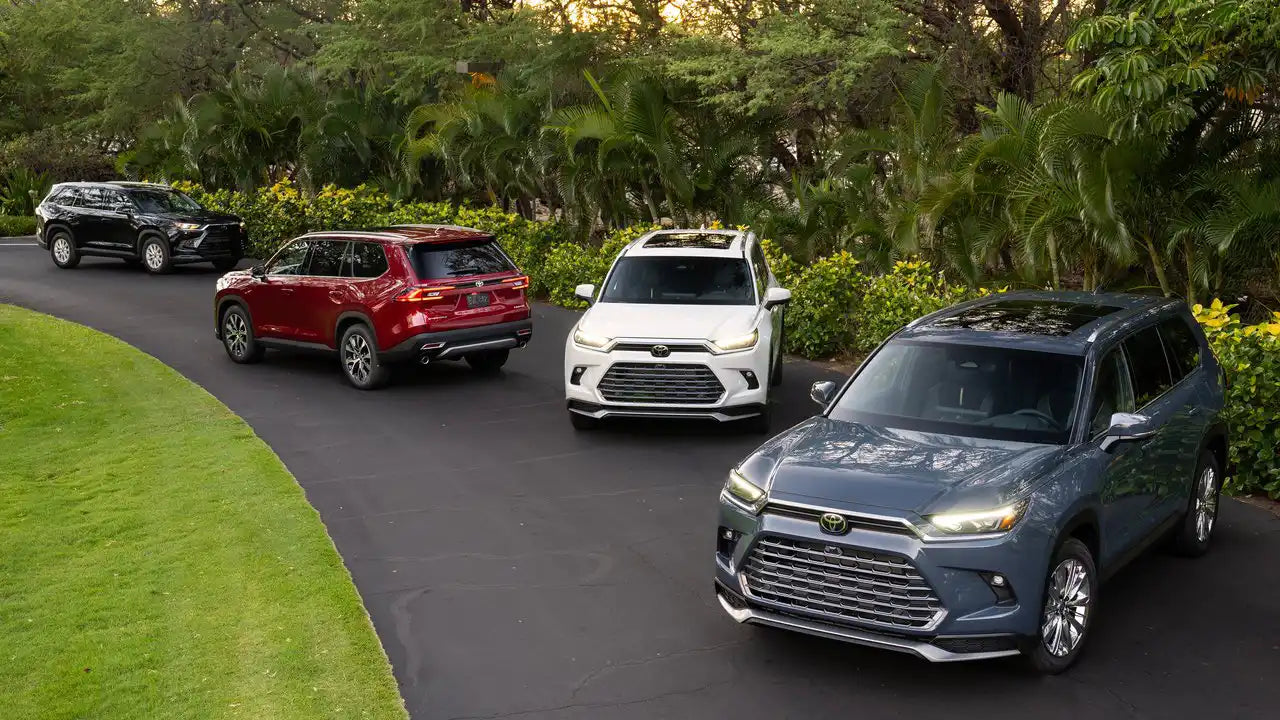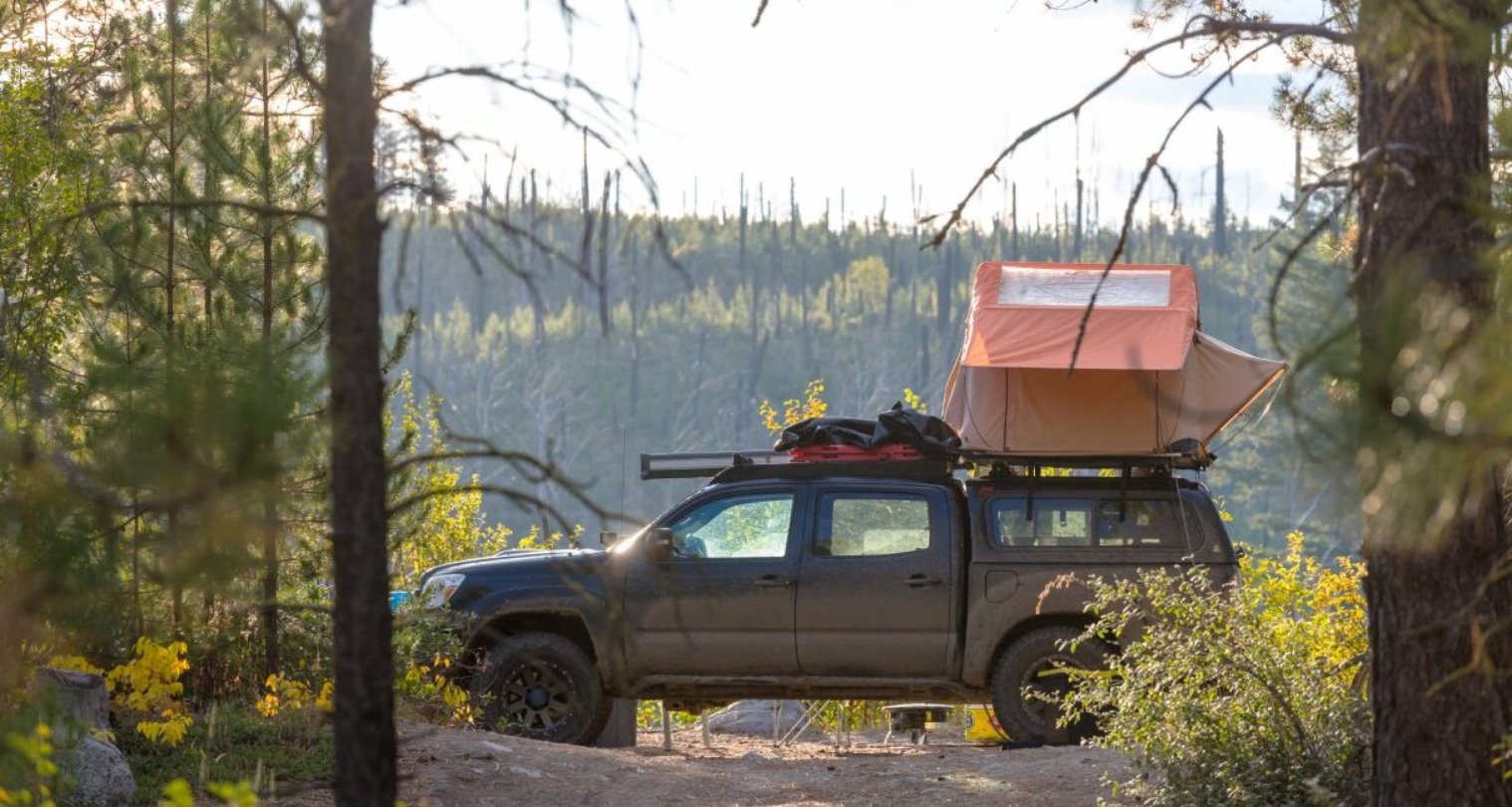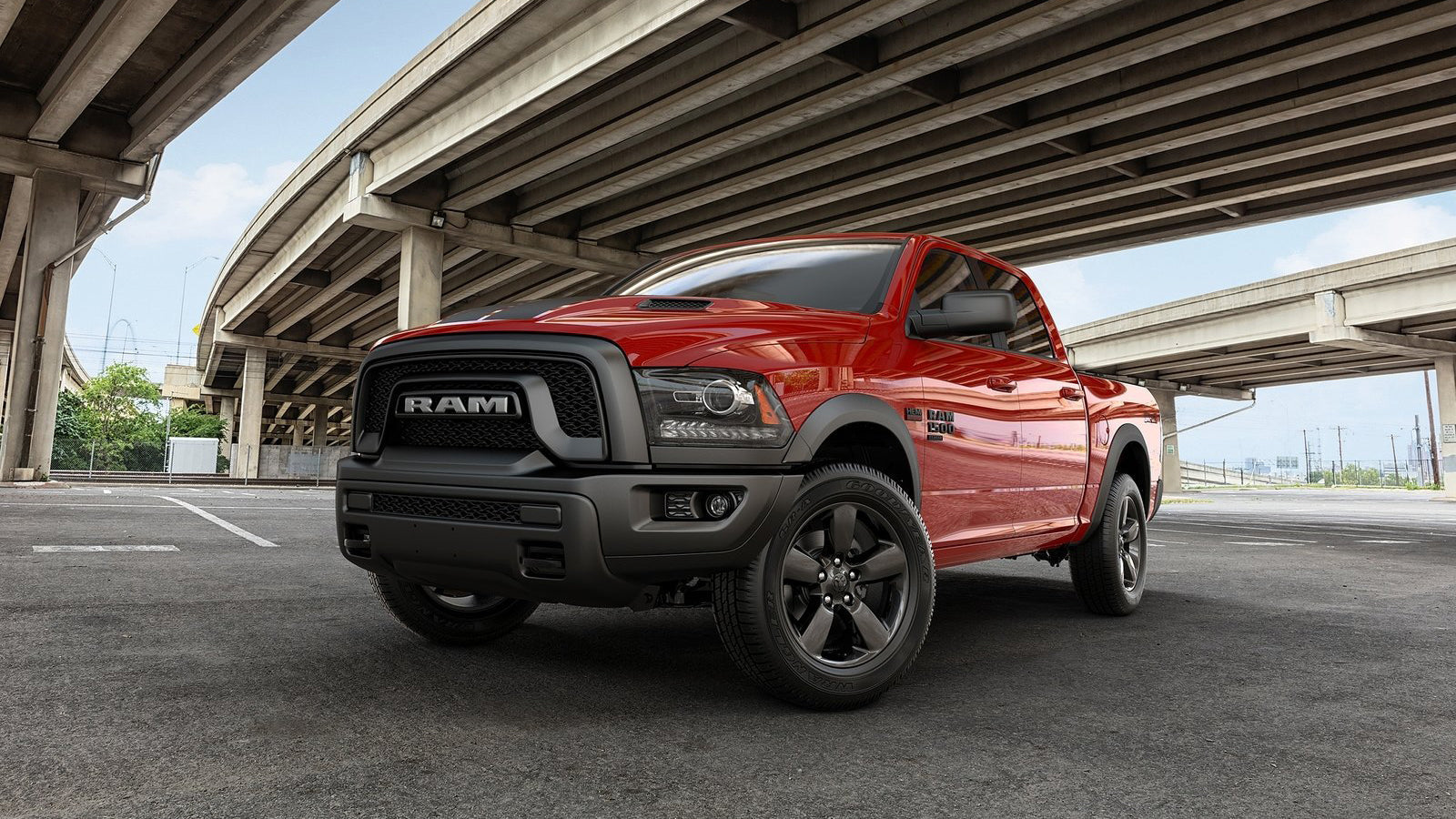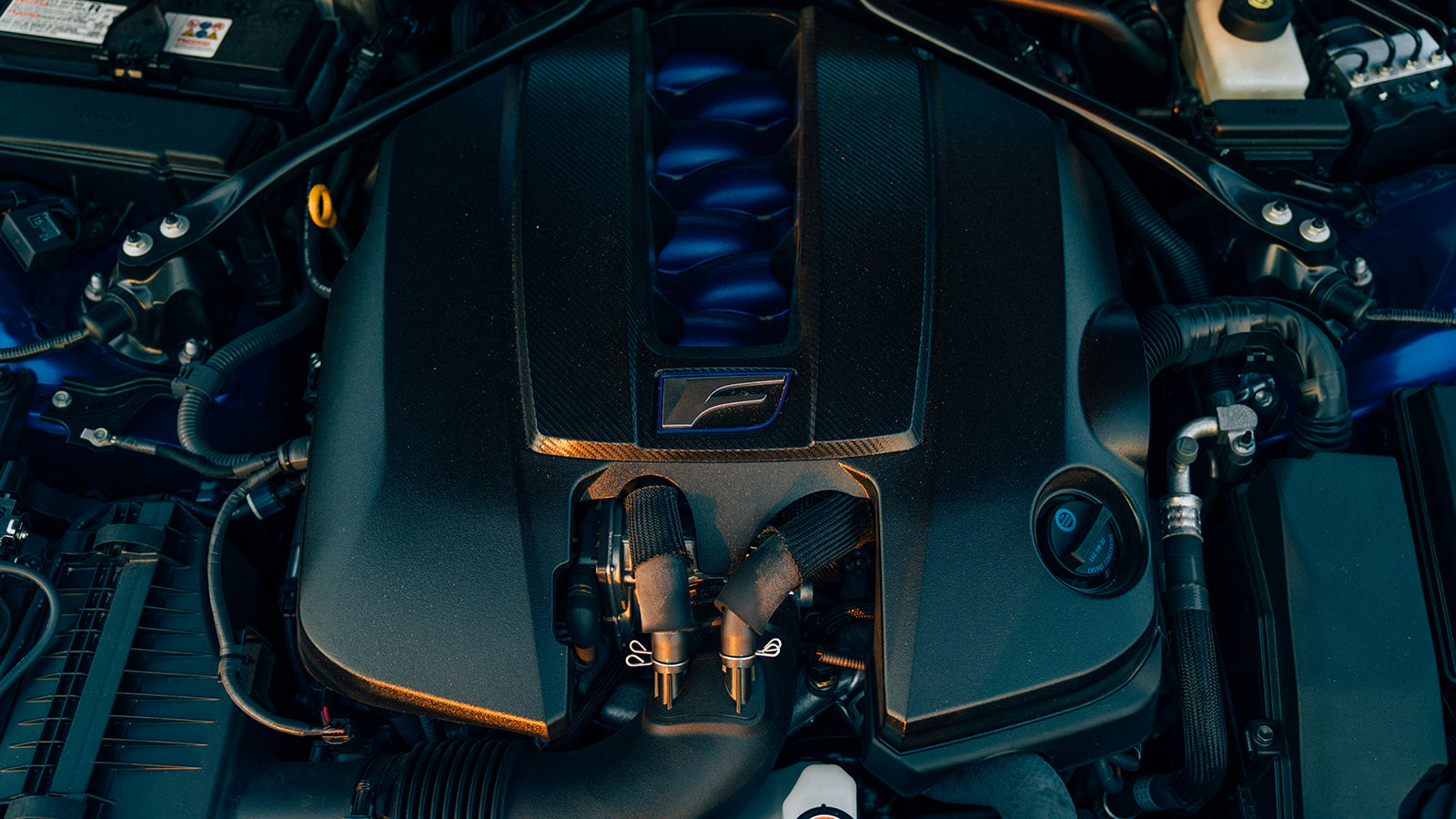How to Improve Real World MPG
Can TangünerShare
Fuel prices have been on the rise for quite some time now, so saving money on gas is becoming a top priority among many drivers. The average gas price per gallon nationwide is around $4, and especially in California, it exceeds $5. An average driver covers around 14,000 miles a year, and fuel costs add up quickly.
Changing your driving habits and adjusting the maintenance routine to improve your vehicle’s gas mileage can significantly reduce your spending on fuel. Driving your vehicle more fuel-efficiently also goes a considerable way toward being more environmentally friendly!
What you have to do is easy once you understand the simple logic behind saving fuel. We will not go all nerdy and talk about crazy hypermiling techniques, but there are simple tweaks and driving attitudes to bump up your vehicle’s fuel economy.
Driving Habits for Better Gas Mileage
First of all, the idea behind getting better gas mileage is all about preserving the vehicle's momentum. You can incorporate simple habits into your daily driving that will help you keep the momentum.
Speed requires power, and power requires fuel, so does driving slower save gas? Theoretically, yes, going slower saves fuel. But it is not as simple as that. The general rule for keeping the momentum is to do more “coasting.” You have to be easy both on the throttle and the brake pedal. Use as little braking as possible, and try not to exceed 2/3s of the throttle pedal’s travel.
Coasting: Slow and Steady
Coasting is simply letting off the throttle. Many modern cars have cut-off systems that prevent the engine from injecting fuel until the RPM drop to a certain level. So, coasting means spending no fuel for the distance traveled.

To better incorporate coasting into your daily driving habits, you must watch and “read” the traffic ahead. And by reading, we don’t mean keeping an eye on the car upfront; you have to look further and scan an area as large as possible.
One thing to consider, though, is to use common sense. Don’t annoy other people or slow down the traffic.
Easy Does It: Avoid Aggressive Driving
Do not step on the gas; accelerate slowly and steadily. Also, do not slam the brakes if there’s no emergency; you’ll lose momentum fast with hard braking and work the engine more to get back up to speed afterward. Let the vehicle flow according to the traffic around you. Combine these habits with coasting whenever possible, and you will definitely improve your vehicle’s fuel economy.
Cruise Control: Good Idea When Appropriate
Using cruise control if your vehicle is equipped with one might save fuel. Cruise control is only efficient when the road conditions are flat. Around hilly areas, it will burn more fuel because it constantly applies throttle to maintain a continuous speed. Without cruise control in mountainous regions, you can adjust the throttle yourself and save fuel in exchange for losing some speed, which can quickly and easily be gained going downhill.
Take the Load Off
Remove any unnecessary weight from the vehicle. Studies show that every 100 lbs of extra weight increases the MPG by up to 1%. Do not carry clutter with you all the time, especially if you own a lightweight car. Speaking of unnecessary loads, any cargo accessory like roof racks or bike carriers screws up the aerodynamics and creates drag. If you’re not using these, make sure to remove them and leave them back home.
Maintenance Tips to Improve MPG
Healthy body, healthy mind. Similarly, a healthy vehicle runs better on everything, including fuel.
Keep Tires Properly Inflated
Regularly check your tires and inflate them if they’ve lost pressure. Tires can lose up to 2 PSI every month, and some studies show that a tire uninflated by 10 PSI can reduce the MPG by over 3%. Do not rely on the information on the tire itself, as it shows the maximum amount of pressure that specific tire can handle. Follow your vehicle’s owner's manual for the correct pressures.

Stay on Top of Maintenance
- Regularly replace air filters. Air filters clean out the air that goes into the combustion chamber. A clean air means the engine runs smoother and more efficiently. Smooth and efficient means more power produced per fuel burnt.
- Replace spark plugs regularly. If a spark plug goes bad, the engine starts to misfire, dramatically increasing fuel consumption. Spark plugs have a lifespan depending on the vehicle and engine and can be anywhere between 20,000 miles and 100,000. The vehicle’s owner’s book will tell you the appropriate schedule.
- Use the recommended oil and change it regularly to ensure your engine is in tip-top shape. Oil changes and using the correct type of oil improve fuel economy. Used and saturated oil increases fuel consumption, so stay on top of your oil change intervals.
If All Else Fails…
If your daily routine involves too much driving and all the tips we mentioned do not result in the savings you’re after, maybe it’s time to consider changing your vehicle. Automotive technology is ever-evolving, and the gas mileage of your trusty old vehicle cannot be compared to the newest technology in terms of efficiency.
Hybrid is the Name of the Game
If you’re searching for a more efficient vehicle, the cars that get the best gas mileage are hybrid ones. They combine traditional internal combustion engines with one or more electric motors. The internal combustion engine and the electric motor(s) provide the propulsion the vehicle needs in a hybrid powertrain.

Hybrid vehicles are more fuel-efficient and environmentally friendly than their traditional counterparts. Different types of hybrids offer varying fuel savings ranging from 15% up to 40%. Some even offer up to 50 miles of pure EV driving, which means zero fuel burnt. You may need to go the extra mile and buy a brand-new hybrid vehicle for the fuel savings you’re after.
Secret Weapon: Pedal Commander® Throttle Controller
With the current rate of fuel price increases, you need to consider savings at the pump. As we discussed, it’s not hard to implement the habits into your daily routine with your vehicle. Keep the vehicle in good shape, don’t skip maintenance, and ease off the throttle. It’s that simple!
There is one last thing that will boost your vehicle’s efficiency: the Pedal Commander® throttle response controller! Pedal Commander® removes the lousy throttle delay every modern vehicle with an ETC system has. It also offers four driving modes with nine additional sensitivity levels for each, totaling 36 different throttle sensitivity options.
One of the driving modes is Eco, and Pedal Commander® significantly reduces throttle response time in this mode. Combined with the driving habits discussed above, real-world reviews show us Eco mode results up to a 15% increase in MPG.
Fuel economy heavily depends on your driving style and external factors. Once you’ve mastered the techniques to increase your vehicle’s MPG, add the cherry on top and get the most advanced throttle controller, the Pedal Commander®, to adjust throttle sensitivity for more fuel-efficient drives.
Click here to learn more about it, and click here to order yours now!




